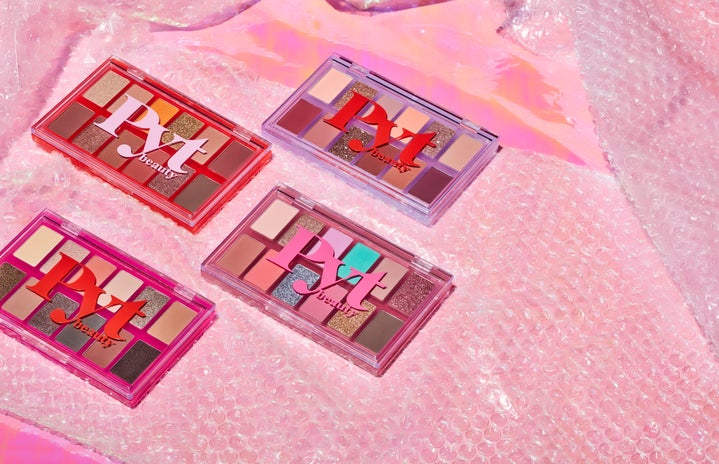Day-to-day life provides encounters with all types of cosmetics, and its various uses. It can be makeup, soap, shampoo and conditioner, or deodorant. But have you ever thought about the process before going to stores? A lot of people know that most of the cosmetics companies test their products on animals. However, not everyone considers the process before the product comes to a store shelf.
What is “cruelty-free”?
To certify the quality of products, brands usually test on animals before releasing them for public use. Laboratories use those tests to evaluate the effect of different chemical preparations on the skin and see if there are any allergic reactions following contact with the cosmetic. During the experiments, animals are trapped in cages with little to no quality of life, leading to chronic illnesses and even death.
Cruelty-free brands started with the animal rights movement. In 1959, the activist Lady Dowding persuaded manufacturers of fake furs to use the label Beauty Without Cruelty and went on to found the charity with the same name. As the movement grew, so did the term, still used today.
Why use products that are not tested on animals?
Besides the cruelty, animal tests are not always efficient, since humans are not always similar to animals. In other words, a product that caused an allergic reaction in a rat could have a different reaction to the buyer. Medicines like Zomax, Opren, and Eraldin had no effects when tested but killed, paralyzed, and blinded humans when it was on sale.
Animal testing is cheaper than the cruelty-free alternatives; such as the In Vitro method (used with human cells and tissue) or In Silico models (advanced computer-modeling techniques). Therefore, for cosmetics companies, animal testing is just a way to earn more money. However, the pharmaceutical and biomedicine industries are still more reluctant to those methods, due to the danger it would put the population in if there were any mistakes in the testing phase.
The Canadian documentary Maximum Tolerated Dose is an equal parts found-footage mash-up, investigation and artful meditation that discloses the lives of animals who have experienced those lab tests. With honest testimonies of scientists and lab technicians whose ethics demanded they choose a different path, as well as the simultaneously heartbreaking stories. It shows that laboratories put acids in the eyes and fur of mice, monkeys, bunnies, cats, and dogs, and how they spend days without sleeping well or eating, resulting in blinding and even killing those animals.
How to know if a product is cruelty-free?
Nowadays, it is getting more and more common to have cruelty-free merchandise on sale, but it is still more expensive, meaning it’s not everyone that can afford it. Although these products are not as cheap as others, they are usually less synthetic and made with fewer chemicals. Buying products with cruelty-free labels, not only helps to stop the abuse that animals go through, but can actually be healthier for your body.
The cruelty-free merchandise has a stamp that confirms that it was not tested on animals. This label can have different designs, but it is usually a bunny, or it has a vegan certification. If you are still not sure, check this list with 25 cruelty-free companies taken out of the PETA list of “animal tested-free”:
- Bliss
-
- Too Faced Cosmetics
-
- Vizzela
-
- Dailus
-
- Tarte Cosmetics
-
- The Body Shop
-
- Pacifica
-
- Nyx
-
- oBoticario
-
- LUSH Cosmetics
-
- Amazonia Skincare
-
- Rare Beauty
-
- Ruby Rose
-
- Giovanna Baby
-
- Love Beauty & Planet
-
- Tracta
-
- Océane
-
- Urban Decay
-
- Inoar
-
- Bruna Tavares
-
- Australian Gold
-
- TRESsemmé
-
- Surya Brasil
-
- Smashbox Cosmetics
-
- Herbal Essences
-
————————–
The article above was edited by Clarissa Palácio.
Did you like this type of content? Check Her Campus Cásper Líbero‘s home page for more!


